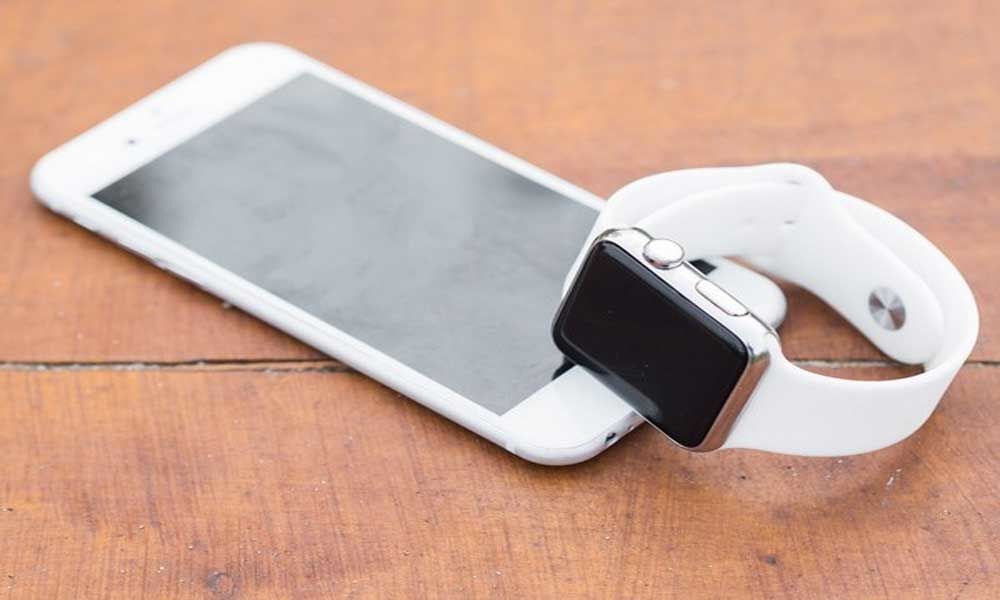Live
- Gold rates in Hyderabad today surges, check the rates on 22 November, 2024
- Are strict laws needed to ensure MLAs attend Assembly sessions?
- Gold rates in Vijayawada today surges, check the rates on 22 November, 2024
- Gold rates in Visakhapatnam today surges, check the rates on 22 November, 2024
- Satya Kumar flays YSRCP govt for ruining new med colleges
- AP High Court to hear RGVs anticipatory bail plea in social media remarks case
- ICC Champions Trophy: PCB appoints Chief Operating Officer; reiterates stand to host Champions Trophy entirely in Pakistan
- Probe initiated after food poisoning incident
- BGT 2024-25: Nitish Kumar Reddy, Harshit Rana make India Test debuts in first Border-Gavaskar Trophy in Perth
- 100 students fall sick after consuming contaminated food
Just In
Mobile-sensing system makes assessing worker performance easier


The process to evaluate an employee's performance can be stressful for both the employee and the employer. To make things easier, researchers have...
The process to evaluate an employee's performance can be stressful for both the employee and the employer. To make things easier, researchers have created a mobile-sensing system using smartphones, fitness bracelets and a custom app.
The system works by monitoring the physical, emotional and behavioural well-being of workers to classify high and low performers.
The new mobile-sensing system opens the way for consumer technology to help employees optimise their performance while also allowing companies to assess how individuals are doing in their jobs. The approach can be both a compliment and an alternative to traditional performance tools like interviews and self-evaluations.
"This is a radically new approach to evaluating workplace performance using passive sensing data from phones and wearables. Mobile sensing and machine learning might be the key to unlocking the best from every employee," said Andrew Campbell, one of the researchers of the study published in the journal of ACM.
In the new system, a smartphone tracks physical activity, location, phone usage, and ambient light. A wearable fitness tracker monitors heart functions, sleep, stress, and body measurements like weight and calorie consumption. Location beacons placed in the home and office provide information on the time at work and breaks from the desk.
The technology builds on the earlier work of a researcher who developed StudentLife, an app that monitors student behaviour and predicts academic performance. The sensing system integrates the off-the-shelf tech devices using a newly-designed phone app known as PhoneAgent that is based on StudentLife.
The information is processed by cloud-based machine learning algorithms trained to classify workers by performance level.
"This is the beginning step toward boosting performance through passive sensing and machine learning. The approach opens the way to new forms of feedback to workers to provide week-by-week or quarter-by-quarter guidance on how they are approaching their work," said Campbell.
To test the system, the team assessed the performance of supervisors and non-supervisors in different industries including high-tech and management consulting based on a series of self-reported behaviours provided by workers in the study group. The performance was then classified by factors such as the amount of time spent at the workplace, quality of sleep, physical activity and phone activity.
The study showed that higher performers tend to have lower rates of phone usage, experience longer deep sleep periods and are more physically active and mobile. When considering roles, high-performing supervisors are mobile but visit a smaller number of distinctive places during working hours. High-performing non-supervisors spend more time at work during weekends.
With the ability to provide feedback to both the employee and employer, the mobile-sensing system is meant to unlock the behaviours that drive performance. The passive monitoring technique also offers benefits over traditional review techniques that require manual effort and are seen as burdensome, potentially biased and unreliable.
"Passive sensors, which are at the heart of the mobile sensing system used in this research, promise to replace the surveys that have long been the primary source of data to identify key correlates of high and low performers," said Pino Audia, a researcher of the study.
According to the research team, this is the first time that mobile sensing has been used to classify high and low performance in workers across different industries. In total, the technology was tested on 750 workers across the US for an overall period of one year.
The system was found to distinguish between high performers and low performers with an accuracy of 80 per cent.
"The passive monitoring system is meant to be empowering. This approach could certainly benefit companies, but can also be helpful to individual employees who are looking to boost their performance," said Campbell.

© 2024 Hyderabad Media House Limited/The Hans India. All rights reserved. Powered by hocalwire.com






